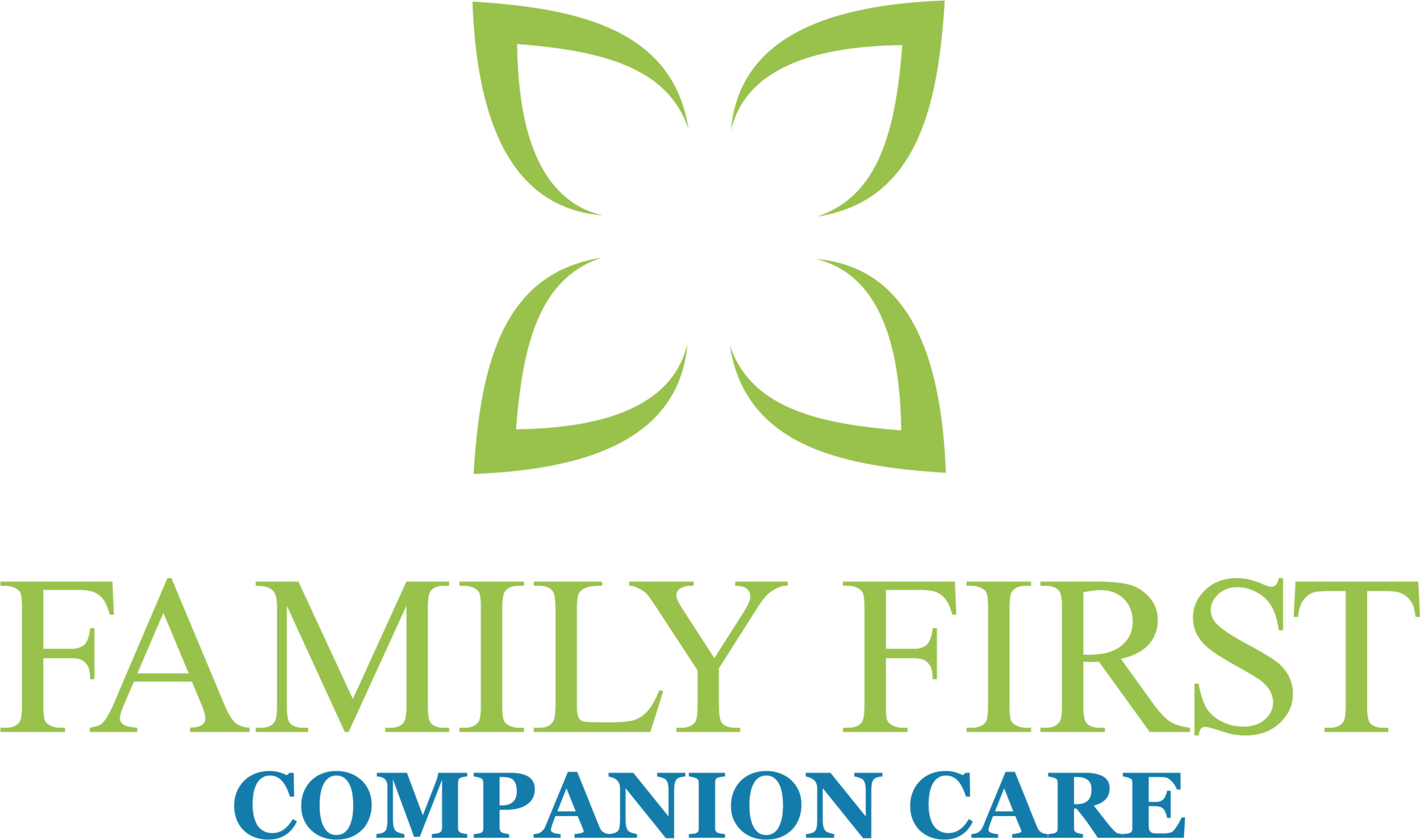Infectious Control
“ Communication and education is the best way we can continue to
prevent the spread of sickness and ensure the health and safety of our clients, families, and caregivers.”
Regarding infectious control, we have pre-COVID and post-COVID. These policies and procedures have changed dramatically within the last few weeks. We anticipate that there will rewriting of emergency preparedness and infectious control policies and procedures because of the ever changing landscape of care. There is already a significant difference now compared to the first week that we started this experience. These new updates may become permanent structures in our protocol and procedures in the future.
Before COVID, we required hand washing when arriving at a home, when leaving a home, before any meal prep, and before and after any kind of personal care interaction. We also required the use of gloves when any physical contact was made during activities such as bathing and dressing. Whenever a caregiver is not feeling well, we triage that situation to make sure that they are never entering a home with something contagious.
Since COVID has entered the picture and everything is changing rapidly, we are taking a lot of our direction directly from the Division of Aging and from the CDC. Just from watching the news, you can see how quickly instructions are changing, from masks to no masks, to what type of masks you should get.
We have done a lot of very intense education with our caregivers. There is a lot of information for us to provide to them in a short amount of time, so we had to disseminate this knowledge in a fashion where our caregivers did not have to come into contact with one another during these educational sessions.
Before and after every shift, we triage our caregivers with a set of questions and a temperature check. The questions mostly deal with symptomology. Do they have any exposure? Have they been exposed to anyone and how much have they travelled? These questions are very thorough and aim to cover everything from community exposure to exposure from somebody who came from one of the original sites such as New York, Washington State, or anywhere overseas. We make sure to have this conversation before a caregiver ever enters a home to ensure the safety of our families.
When our caregivers arrive at the home, they are supplied with gloves and masks. While we are not first on the list for PPE, we have found a group of senior associates that are sewing masks for Deaconess and they have provided us with some of their masks.
The 3-layer sewn masks that we are using are made with instructional videos in order to meet protocol. The great thing about them is that we are able to wash them everyday and reuse them. We have supplied our caregivers and clients with masks and gloves. This ensures that all parties will be masked and gloved if that six foot barrier needs to be broken during personal care.
Some clients do not require close contact, but for some clients this happens every day so gloves and masks are essential. We throw our gloves away when we are done and wash our masks at the end of the day. Our caregivers wash their hands before and after the shift and wipe down the homes when they leave. When they arrive at their personal residence they disrobe, wash their clothes, shower, and wash their masks.
We have also supplied masks to families of our clients so that they can mask when appropriate. If there’s any sickness in a home, we report it. We are in weekly contact with all of our families to check in and make sure that they have no symptomatology. If there are any signs or symptoms, the contact information we give out is the triage line at Deaconess.
If we find that a caregiver has become ill with a fever and a cough, we immediately pull them off of their shifts and call the triage line. Depending on their symptomology, there are a few approaches that they may take. They could call the caregiver in for a COVID test, or they could have them come into the respiratory health clinic for an appointment to determine if they should be given the test, amongst others.
If they decide to have them take the test, that caregiver is quarantined immediately and stays home until they receive the test results. If they are negative, they return to work. If they test positive, they continue quarantine and follow the directions of the medical staff.
If one of our clients becomes ill, then we will pull the caregiving staff and call the family. We have already had conversations with all of our families about what symptoms will look like in a loved one that becomes sick with COVID. Overall, communication and education is the best way we can continue to prevent the spread of sickness and ensure the health and safety of our clients, families, and caregivers.

